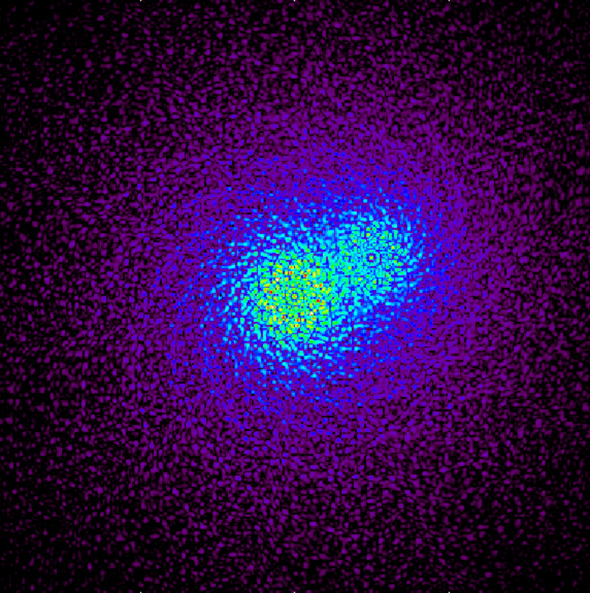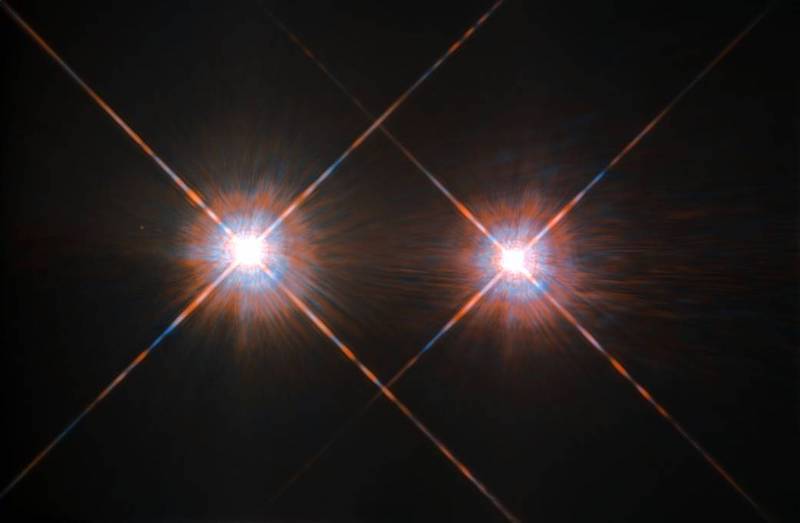
Alpha Centauri is the closest star system to our sun. It’s 4.3 light-years away, just a hop and a skip in contrast to a distance of 100,000 light-years across our entire home galaxy, the Milky Way. A relatively low-cost space telescope – called TOLIMAN – is slated to launch into low-Earth orbit, to conduct a search for exoplanets orbiting Alpha Centauri’s two sunlike stars. Initially funded by NASA and others, TOLIMAN secured funding of more than $500,000 from the Australian government in 2021. And – in March, 2023 – the University of Sydney said that TOLIMAN will be getting some extra help in the search. A Bulgarian aerospace manufacturer called EnduroSat will provide satellite technology. And Breakthrough Initiatives – funded by Soviet-born Israeli entrepreneur Yuri Milner – will also help back the mission.
Peter Tuthill is an expert in astrophysical imaging at the University of Sydney in Australia. He is leading the mission.
Last chance to get a moon phase calendar! Only a few left. On sale now.
The TOLIMAN mission
Alpha Centauri is just the first planned target for TOLIMAN, which is short for Telescope for Orbit Locus Interferometric Monitoring of our Astronomical Neighborhood. Yes, we said “neighborhood.” Its stated goal is to focus on stars within 10 light-years of our sun.
But its immediate targets are Alpha Centauri A and Alpha Centauri B, 4.3 light-years away. Tuthill explained that – in the vast space of our Milky Way galaxy – these stars are:
… tantalizingly close to home. Astronomers have discovered thousands of exoplanets outside our own solar system. But most are thousands of light-years away and beyond our reach.
Modern satellite technology will allow us to explore our celestial backyard and perhaps lay the groundwork for visionary future missions spanning the interstellar voids to the Centauri system.
In particular, TOLIMAN will look for planets in these stars’ habitable zones, where liquid water can exist.
The name TOLIMAN stems after the Arabic name for Alpha Centauri. The spacecraft itself is a small, custom-designed space telescope. In order to detect any planets around Alpha Centauri, it can make extremely fine measurements of the two stars. The telescope needs to be small enough to fit into a limited volume on a parent satellite.
Currently, Phase 2 of the program, designing and building the telescope and integrating it with the spacecraft, is now under way.

Habitable planets around Alpha Centauri?
Since both Alpha Centauri stars are similar to our sun, and so relatively close to us, it makes sense to look for planets there. But that’s difficult to do from Earth, because the two stars are so close together. They look from Earth like a single star in all but the largest telescopes.
So it’s hard to find planets orbiting these two close sunlike stars. That’s despite the fact that it is the nearest star system to our sun.
Last year, researchers at ETH Zurich in Switzerland used computer simulations to see what a rocky Earth-sized planet orbiting Alpha Centauri A or B might be like. They called this planet a hypothetical Alpha-Cen-Earth. They calculated it would have a slightly larger iron core, lower geological activity and a lack of plate tectonics.
And in 2012, astronomers announced that they had indeed discovered an Earth-sized planet orbiting Alpha Centauri B, called Alpha Centauri Bb.
But, unfortunately, that detection was disproven in 2015. So the search continues!
Two confirmed planets for Proxima
So we still don’t know if there are any planets orbiting Alpha Centauri A and B. But the third member of the Alpha Centauri system – Proxima Centauri, a smaller red dwarf star orbiting some distance from the two sunlike stars – has at least two confirmed planets. They’re called Proxima Centauri b and Proxima Centauri c.
There’s also a third candidate planet for Proxima, which would be called Proxima Centauri d.
TOLIMAN: Small, but mighty
TOLIMAN will be little, but it’ll be mighty. It’ll collect a lot of data, which the mission team can download to Earth at 125 Mbps. Founder and CEO of EnduroSat, Raycho Raychev, said:
We are exceptionally proud to partner in this mission. The challenges are enormous. And it will drive our engineering efforts to the extreme.
The mission is a first-of-its-kind exploration science effort. And, if successful, it will open the doors for low-cost exploration and astronomy missions. It will bring opportunities to hundreds of next-gen exploration teams to realize their own space missions.
Bringing the cost and complexity down will open an array of new possibilities for space exploration, and we are excited to push the limit of what’s possible.
Pete Worden, Executive Director of Breakthrough Initiatives, added:
It’s very exciting to see this program come to life. With these partnerships, we can create a new kind of astronomical mission and make real progress on understanding the planetary systems right next door.

Bottom line: Are there any habitable planets orbiting the two sun-like stars of Alpha Centauri? We still don’t know, but the TOLIMAN mission will search for them.











